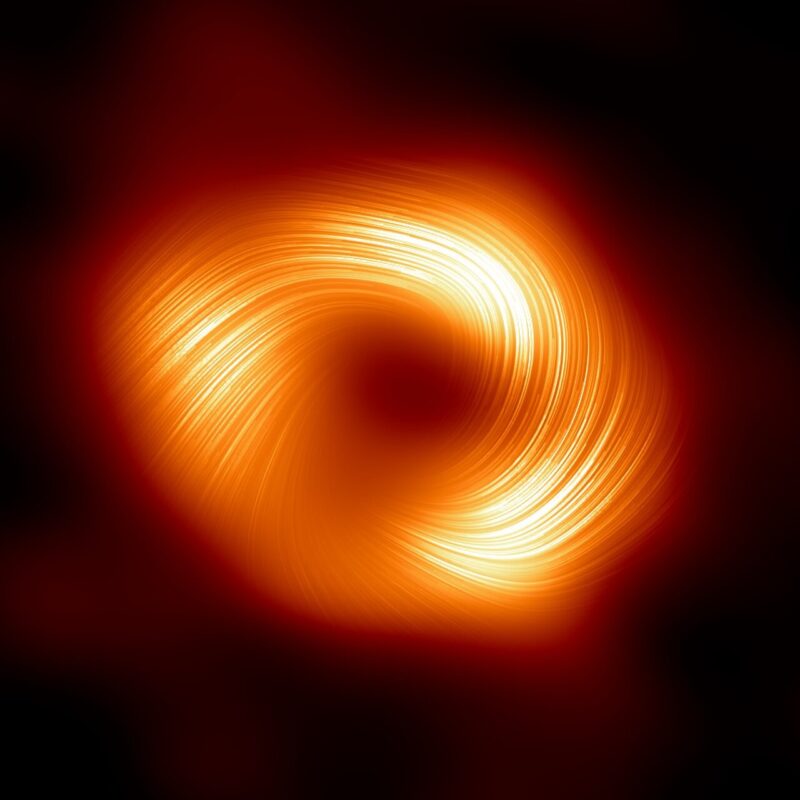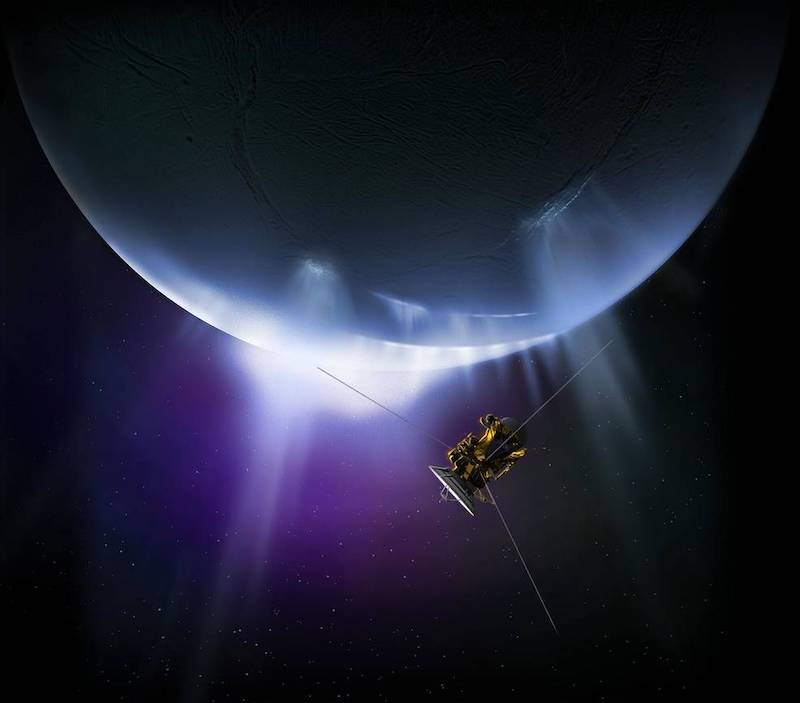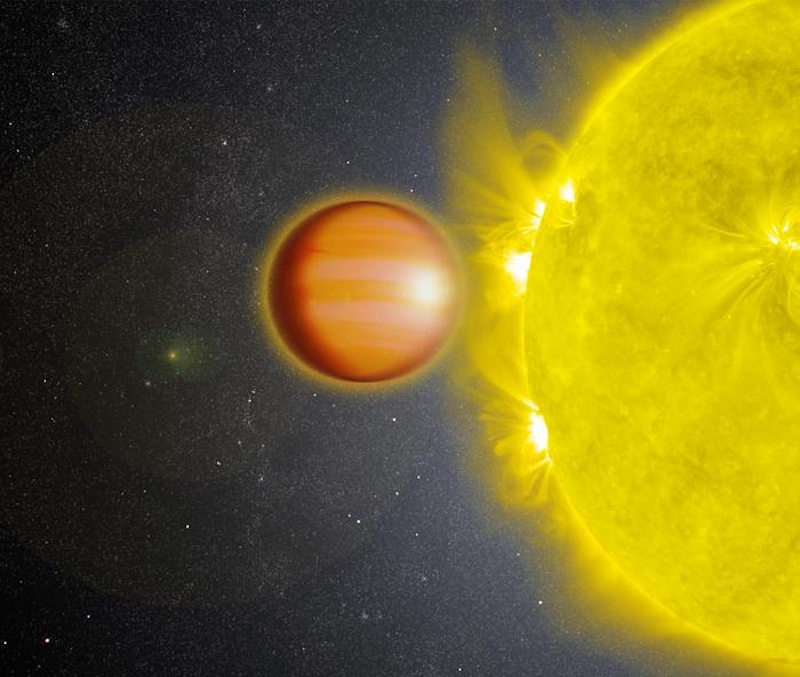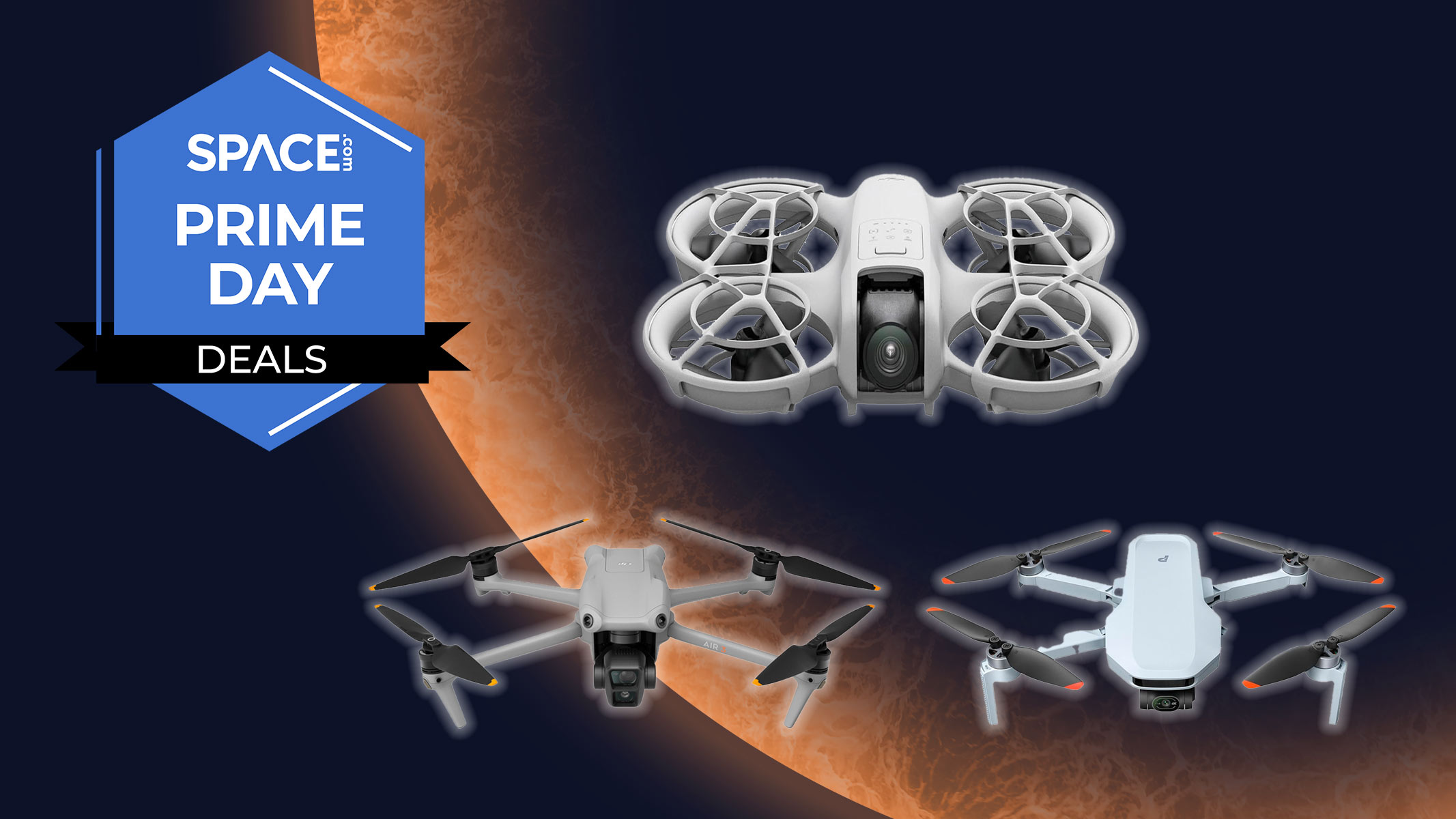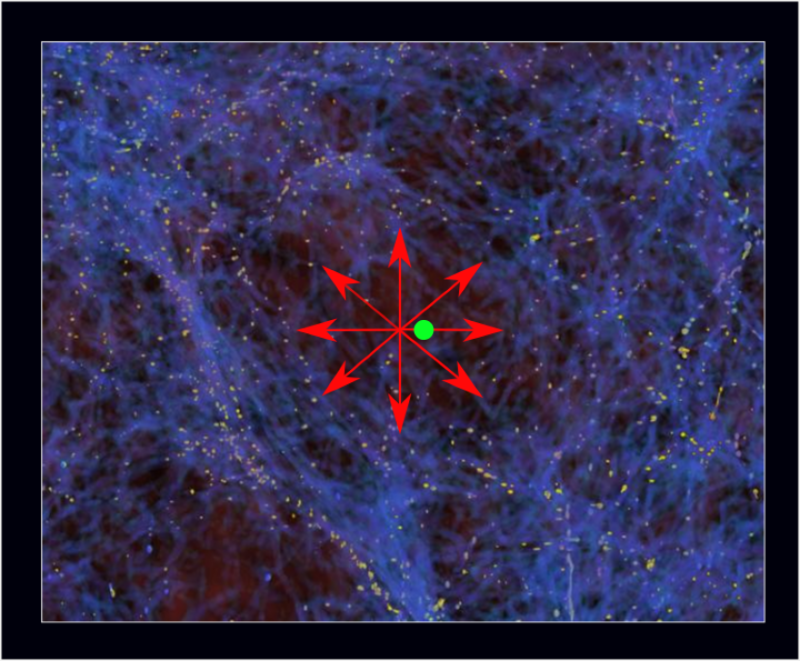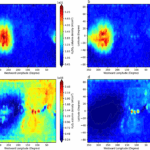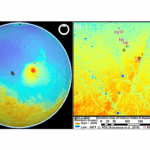Now Reading: A deep-space navigation first, from New Horizons
-
01
A deep-space navigation first, from New Horizons
A deep-space navigation first, from New Horizons
The New Horizons spacecraft, which has left the solar system, beamed back images that have led to the first test of deep-space navigation. That is, New Horizons imaged 2 stars, which astronomers then used to pinpoint the spacecraft’s location in the galaxy. Rowan Hooper and Penny Sarchet are hosting this New Scientist podcast. The guest is guest Alex Wilkins. Watch in the player above, or on YouTube.
Figuring out how far and where a spacecraft has traveled usually requires accurate radio tracking from Earth. But NASA’s New Horizons team has used the spacecraft – now more than 5 billion miles (8 billion km) from Earth – to demonstrate that it’s possible to determine a craft’s direction and distance via the examination of its images of star fields. This is the first true demonstration of interstellar navigation, made possible because New Horizons has now traveled far enough away.
Tod Lauer, an astrophysicist and New Horizons science team member from the National Optical-Infrared Astronomy Research Laboratory in Tucson, Arizona, explained:
As a spacecraft travels deeper into space, the positions of the stars seen from its location begin to shift, in contrast to where they are seen from Earth. A spacecraft voyaging out into the Milky Way can measure these shifts, which are due to an effect called parallax.
A paper describing the results was accepted for publication in The Astronomical Journal.
A preprint is available on arXiv: A Demonstration of Interstellar Navigation Using New Horizons
They used these 2 stars


Deep-space navigation, part 1
Since its launch in 2006, New Horizons has been on a trajectory that brought it past Pluto and then Kuiper Belt object Arrokoth. Eventually, its path will take it out of the solar system, into interstellar space, over the next decade.
In 2020, Lauer led the New Horizons science team in an effort to obtain images of the starfields around the nearby stars Proxima Centauri (top) and Wolf 359. They obtained the images simultaneously from New Horizons and from Earth. This program vividly demonstrated New Horizons’ change in perspective.
Lauer worked with retired Lawrence Livermore National Laboratory researcher David Munro and members of the New Horizons team and external collaborators on this project. They used more recent and sophisticated analyses of the exact positions of the two stars in those 2020 images to deduce New Horizons’ 3-dimensional position relative to nearby stars.
They thereby accomplished the first use of stars imaged directly from a spacecraft to provide its navigational fix.
Deep-space navigation, part 2
It was also the first demonstration of interstellar navigation by any spacecraft on an interstellar trajectory. The principal investigator for New Horizons, Alan Stern from the Southwest Research Institute in Boulder, Colorado, said:
This pioneering interstellar navigation demonstration and its accompanying publication show that a deep-space mission can use its onboard imaging system to find its way among the stars.
While for New Horizons, this method isn’t as accurate as NASA’s sophisticated tracking from Earth, it could be highly useful for future deep space missions in the far reaches of the solar system and in interstellar space.

More details
NASA’s Deep Space Network (DSN) is used to track most interplanetary spacecraft, including New Horizons. Engineers use the precise time it takes DSN signals, traveling at the speed of light, to reach the spacecraft to make highly accurate distance measurements.
Simultaneous ranging from two DSN stations, located 180 degrees apart on Earth, provides a precise direction to the spacecraft.
A separate project obtained precise positions with respect to X-ray pulsars in the Milky Way. That project had demonstrated spacecraft navigation for craft in low orbit around the Earth. But New Horizons provided a first for a deep space mission.
In standard celestial navigation, the stars are assumed to be in fixed locations. But in interstellar navigation, one determines how the nearby stars have appeared to shift against more distant stars to establish the spacecraft’s location in all three dimensions.
In contrast, for navigation with DSN, the position of the spacecraft remains linked to and dependent on knowing the location of Earth.
The April 2020 demonstration
Pure interstellar navigation, like what New Horizons demonstrated, is based on the ultra-precise 3D map of the Milky Way from the European Space Agency’s Gaia mission.
Images obtained with New Horizons’ Long Range Reconnaissance Imager (LORRI) captured the positions of Proxima Centauri and Wolf 349 relative to much more distant background stars. Two stars are required to determine position; significantly, Proxima Centauri and Wolf 349 are positioned almost 90 degrees apart in the sky, providing nearly optimal leverage to determine New Horizons’ location.
During the April 2020 demonstration, New Horizons was 46.9 times the distance of the Earth to the sun – about 4.36 billion miles (7.02 billion km) – and would appear to be in the constellation Sagittarius, close to the center of the Milky Way, as seen from Earth.
New Horizons on April 23, 2020

The dawn of deep-space navigation
Lauer’s team cautions that the accuracy of this first demonstration of interstellar navigation is limited. That’s because of LORRI’s relatively low angular resolution; the imager was not developed to obtain ultra-precise positions of stars. The range to New Horizons estimated from the stellar imagery was roughly close to the actual distance. It showed 47.1 times the Earth-sun distance, in contrast to the DSN-derived distance of 46.9 times. Plus, its direction on the sky was accurate to a patch a little smaller than the scale of the full moon as seen from Earth. Lauer added:
The measurements were within our expected range of uncertainty for LORRI, but future deep space missions with high-resolution navigation imagers should be able to achieve dramatically better positions, using this same technique.
Bottom line: NASA’s New Horizons team has used the spacecraft – now more than 5 billion miles (8 billion km) from Earth – to demonstrate that it’s possible to determine a craft’s direction and distance via the examination of its images of star fields. This is the first true demonstration of interstellar navigation, made possible because New Horizons has now traveled far enough away.
Source: A Demonstration of Interstellar Navigation Using New Horizons
The post A deep-space navigation first, from New Horizons first appeared on EarthSky.
Stay Informed With the Latest & Most Important News
Previous Post
Next Post
-
 012024 in Review: Highlights from NASA in Silicon Valley
012024 in Review: Highlights from NASA in Silicon Valley -
 02Panasonic Leica Summilux DG 15mm f/1.7 ASPH review
02Panasonic Leica Summilux DG 15mm f/1.7 ASPH review -
 03How New NASA, India Earth Satellite NISAR Will See Earth
03How New NASA, India Earth Satellite NISAR Will See Earth -
 04And Thus Begins A New Year For Life On Earth
04And Thus Begins A New Year For Life On Earth -
 05Astronomy Activation Ambassadors: A New Era
05Astronomy Activation Ambassadors: A New Era -
06SpaceX launch surge helps set new global launch record in 2024
-
 07Space Force plans new ‘Futures Command’ amid pressure to speed up modernization
07Space Force plans new ‘Futures Command’ amid pressure to speed up modernization












